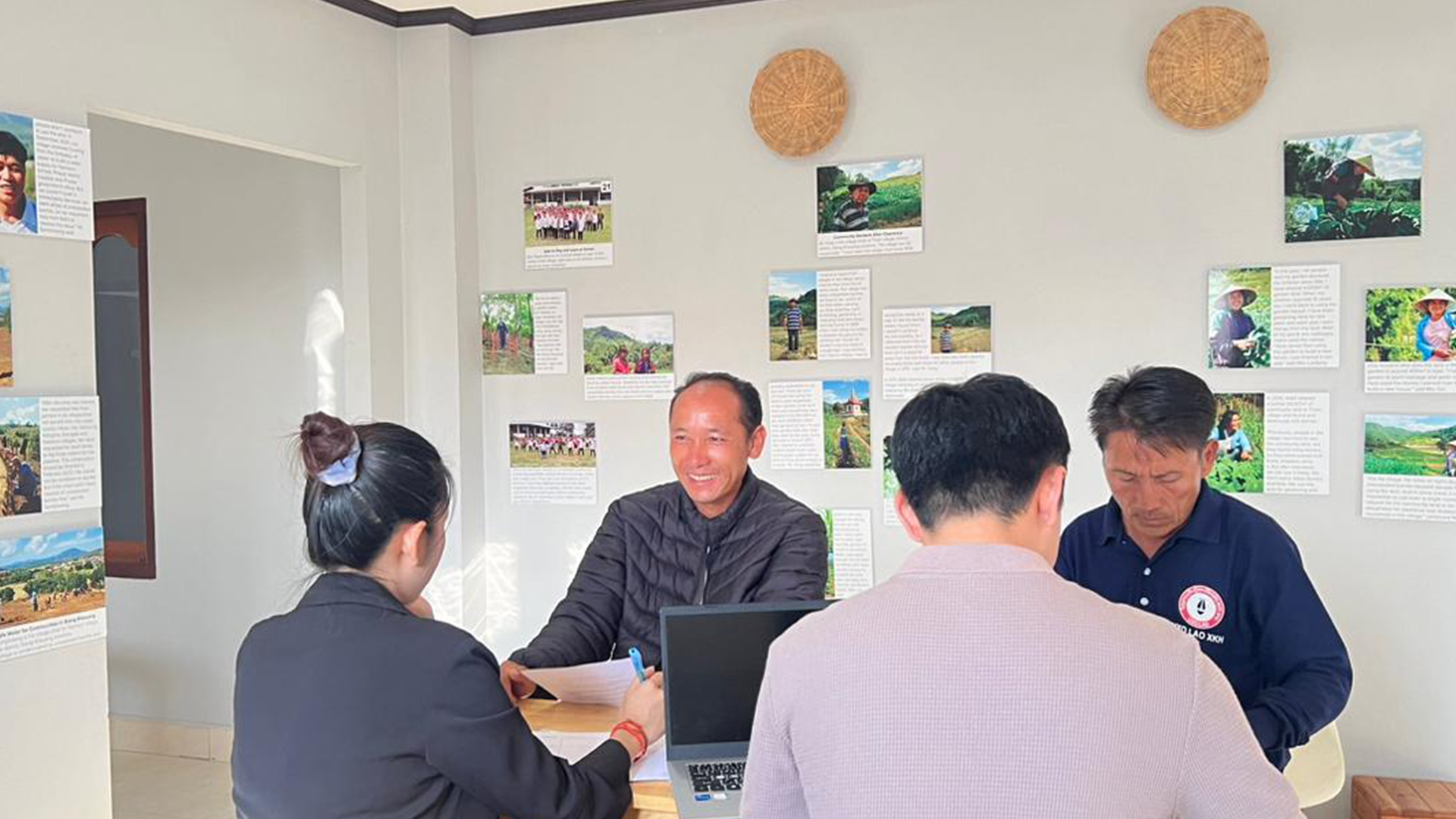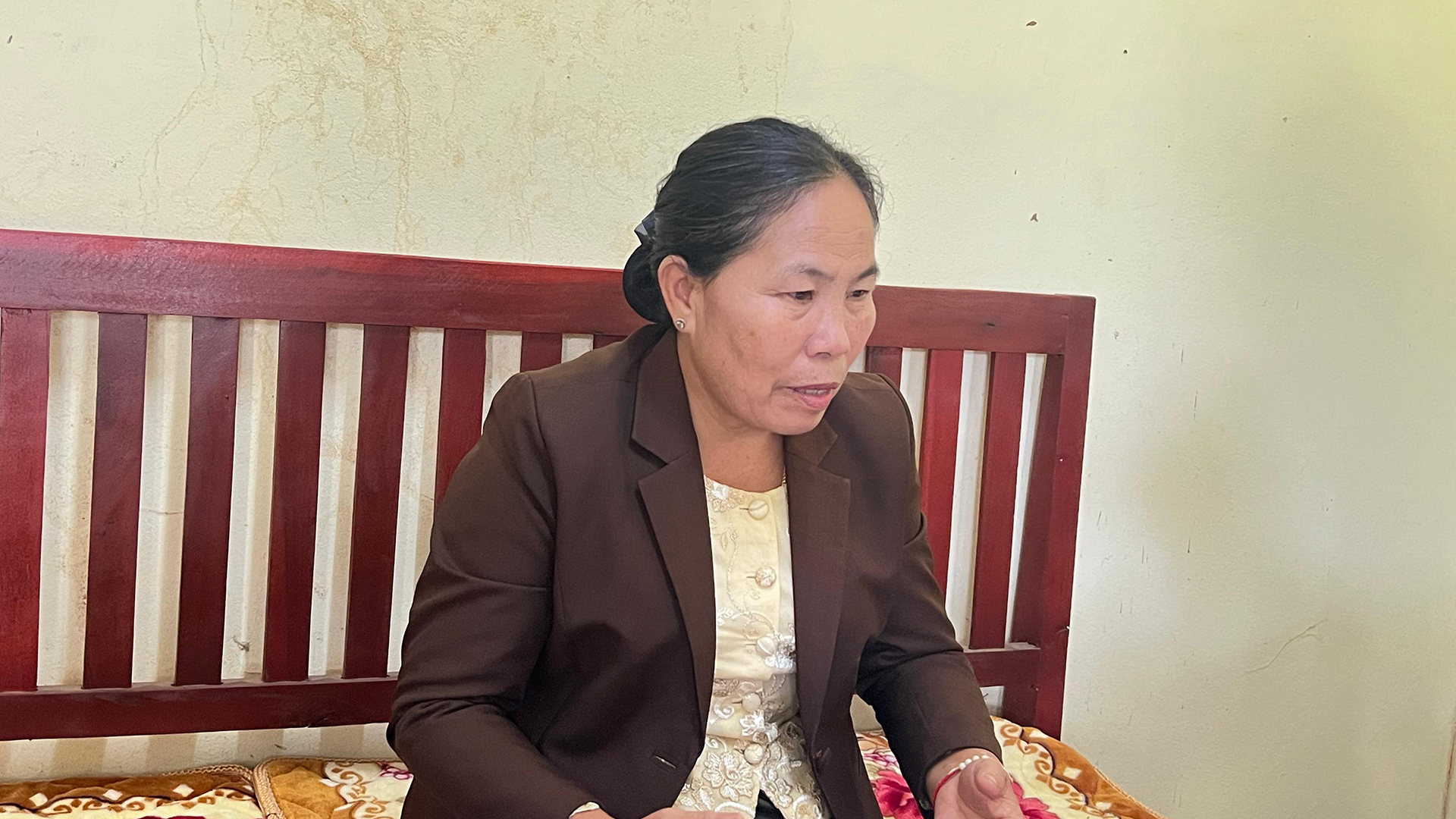
Khamsone PONEKHAMDY
Women's Union of Xiengkhouang Province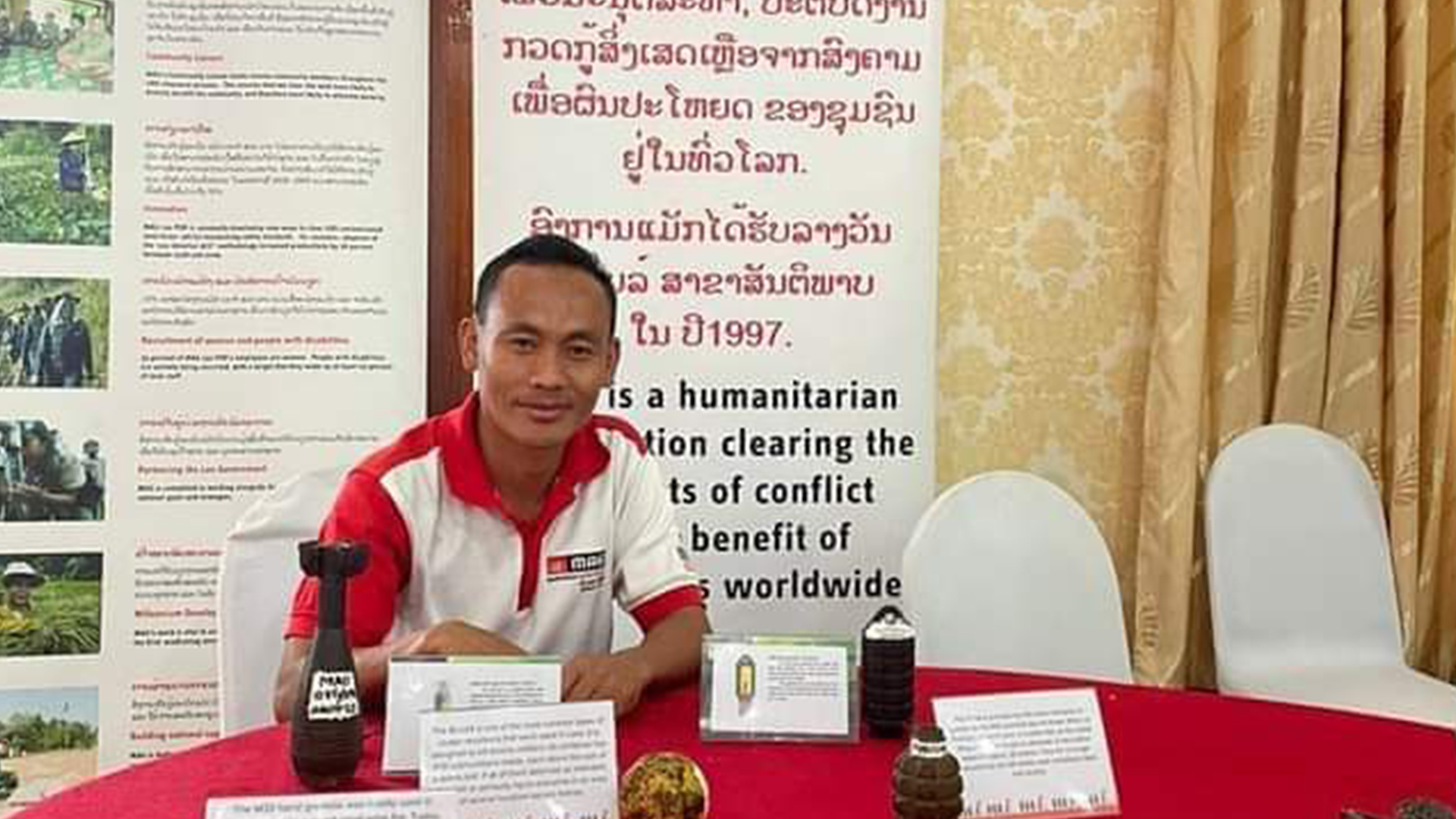
Mai HERR
Mines Advisory Group (MAG) Laos Xiengkhouang Province
Sisavanh DETVONGSONE
Lao Women's Union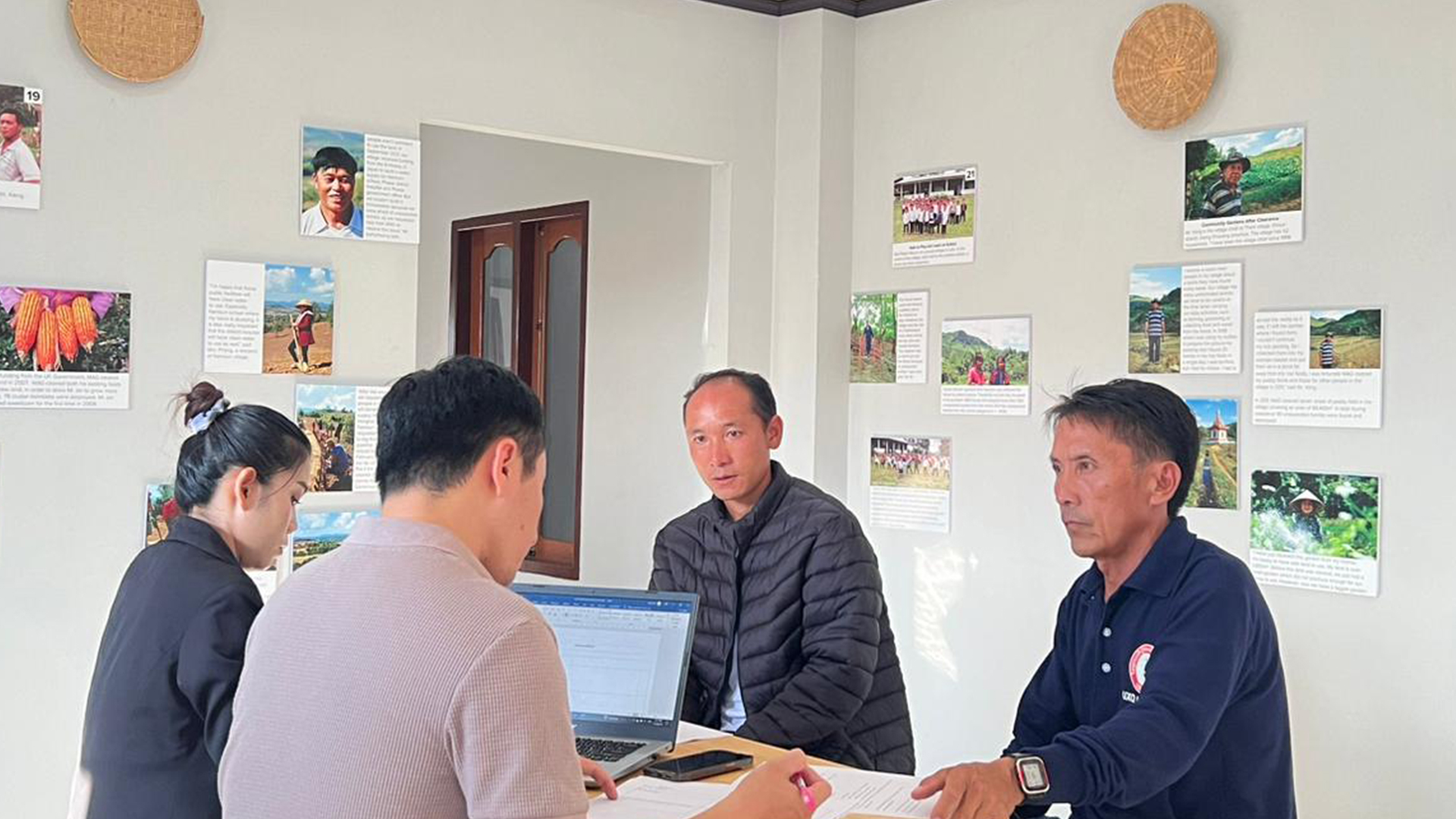
Norvang VUE
UXO Laos Xiengkhouang Province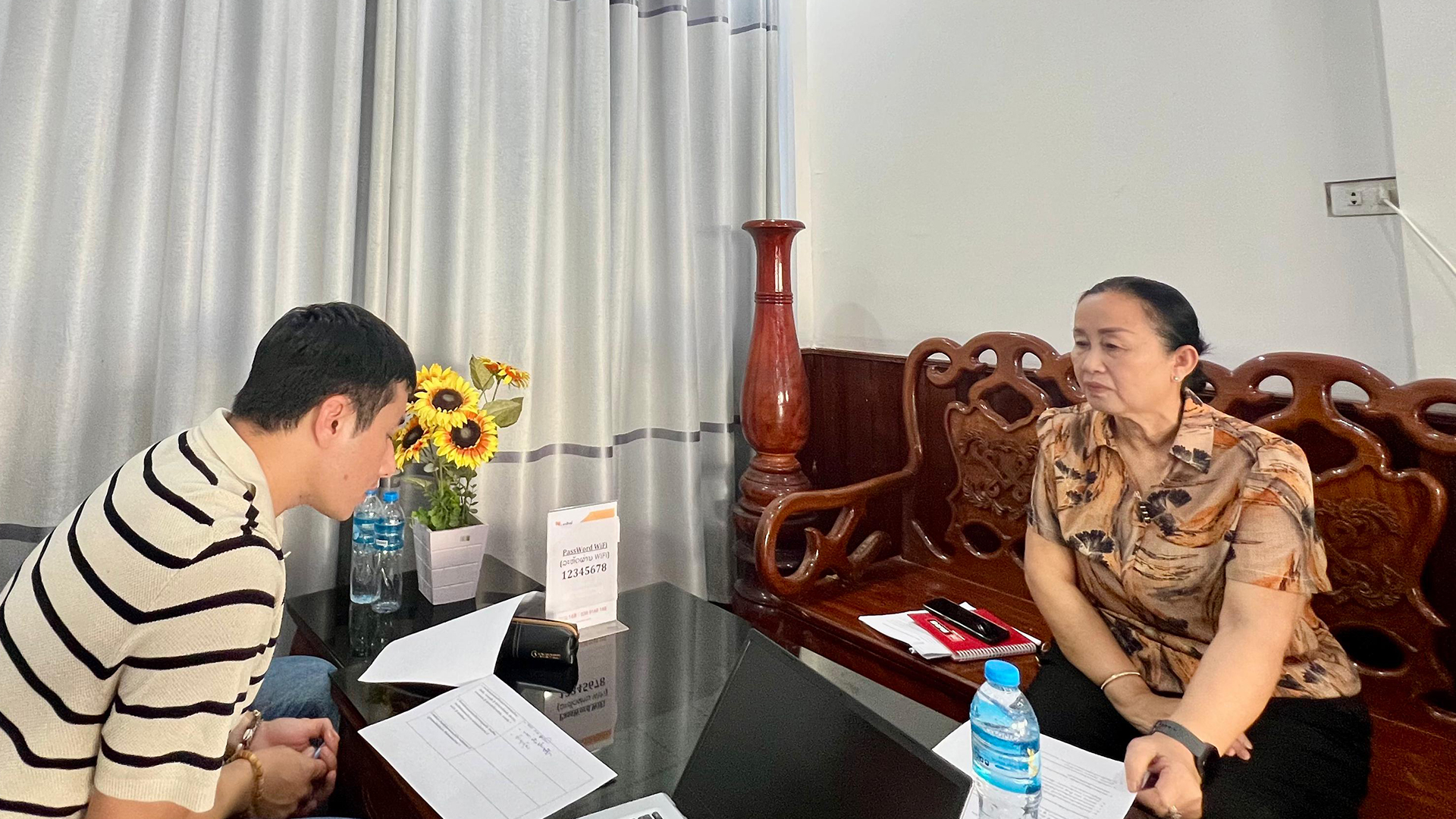
Keoxaysi PATHANA
Provincial Division of Foreign Affairs, Khammuan Province
Phonephilom TESO
Provincial Division of Labour and Social Welfare, Khammuan Provine
Sysouphanh PHENGTHALANGSY
Provincial Division of Foreign Affairs, Khammuan Province